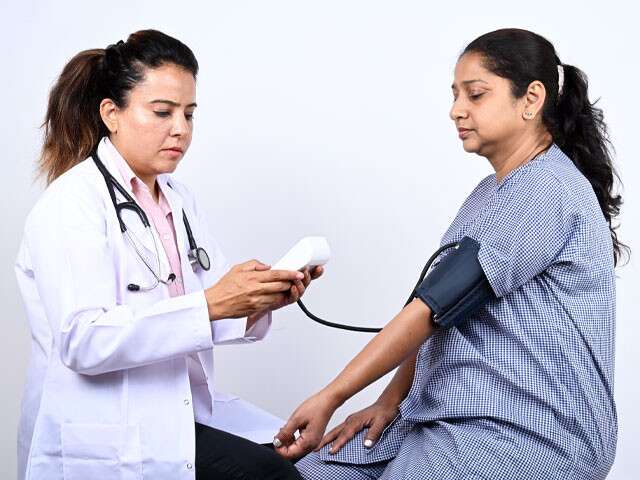In the complex realm of healthcare, patients are not just recipients of medical care; they are stakeholders in their well-being. However, when medical malpractice occurs, it can leave individuals feeling helpless and overwhelmed. This is where patient advocacy becomes a crucial aspect of navigating the aftermath of such incidents, empowering individuals to assert their rights and seek justice.
Understanding Patient Advocacy
Patient advocacy involves supporting and promoting a patient’s rights and interests, especially in the face of medical negligence or malpractice. It encompasses a range of activities aimed at ensuring that patients receive the quality care they deserve and are treated with dignity and respect.
The Role of Patient Advocates
Patient advocates play a pivotal role in guiding individuals through the complexities of the healthcare system. They act as a bridge between the patient and the medical institution, offering emotional support, explaining medical procedures, and helping individuals make informed decisions about their treatment options.
The Aftermath of Medical Malpractice
When medical malpractice occurs, the aftermath is often characterized by confusion, anger, and a sense of betrayal. Patients may grapple with physical and emotional consequences, while also facing the daunting task of navigating legal processes.
Emotional Support
Patient advocates step in to provide much-needed emotional support during this challenging time. They lend a compassionate ear, helping individuals cope with the trauma of medical malpractice and encouraging them to voice their concerns.
Navigating the Legal Maze
Understanding legal procedures can be overwhelming for those not versed in the intricacies of the legal system. Patient advocates work alongside individuals affected by medical malpractice, providing guidance on legal options, connecting them with legal professionals, and ensuring their rights are protected.

Empowering Individuals Through Advocacy
Empowerment lies at the heart of patient advocacy. Here are key ways through which individuals can be empowered in the aftermath of medical malpractice:
Knowledge is Power
Patient advocates equip individuals with the knowledge they need to make informed decisions. This includes educating them about their medical condition, treatment options, and the legal recourse available.
Amplifying Voices
Advocacy is not just about individual empowerment; it’s about collective strength. Patient advocates help individuals join support groups, connect with others who have faced similar situations, and collectively amplify their voices to bring about positive change.
Ensuring Accountability
One of the primary goals of patient advocacy is to hold the healthcare system accountable for lapses in care. By advocating for transparency and accountability, individuals contribute to a culture of patient safety. For further help, tips, and advice about medical injury cases, check out their page to learn more.
Conclusion
In the aftermath of medical malpractice, patient advocacy emerges as a guiding light, illuminating the path toward empowerment. Through emotional support, legal guidance, and the dissemination of knowledge, patient advocates empower individuals to reclaim control over their health and well-being.


